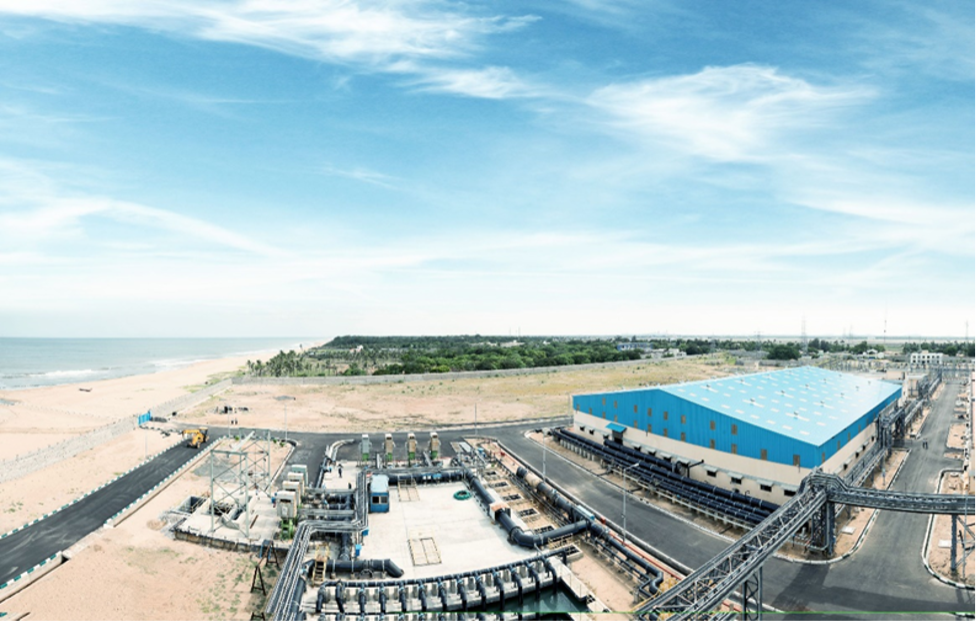
Desalination
Sea and Brackish Water Desalination


Desalination: Promoting Water Security & Economic Growth
Desalination is an important technology for promoting water security and resilience in dry, drought-prone communities near saline or brackish water sources. It increases water security and can also boost the economy by providing a reliable source of water for various industries, creating jobs, and encouraging innovation.
Desalination is an important technology for promoting water security and resilience in dry, drought-prone communities near saline or brackish water sources. It increases water security and can also boost the economy by providing a reliable source of water for various industries, creating jobs, and encouraging innovation.
The process
Desalination plants play a crucial role in separating saline water into two distinct streams: one with very low salt concentration (known as condensate in thermal processes and permeate in reverse osmosis), and another with a high salt concentration (referred to as brine or concentrate). The process of salt separation in desalination technologies requires energy, which can be supplied through thermal or mechanical means.
Currently, the widely preferred technologies for desalinating sea and brackish water are Membrane technology – Reverse Osmosis (RO) and Thermal methods – Multi-Effect-Distillation (MED).
Offering more performance.
What sets us apart is our ability to offer both RO desalination technologies and thermal desalination processes (MED and MSF), making us one of the few companies worldwide capable of providing a full range of desalination options for high-capacity plants.
Complete Plants with Pre- and Post-Treatment
As a comprehensive systems supplier, we provide not only the necessary inflow and outflow structures, including sub- sea pipelines, but also prioritize efficient pre-treatment processes. The success of a desalination plant relies heavily on its pre-treatment system. Our pre-treatment solutions go beyond conventional filtration technologies, addressing specific concerns such as red tide, oil in seawater, and high total suspended solids. We utilize advanced techniques such as Dissolved Air Floatation (DAF), lamella clarifiers, and highly effective micro and ultrafiltration systems, ensuring superior pre-treated water quality and enhancing the overall productivity, reliability and availability of the RO treatment process.
Innovative Layouts and Energy Efficiency
WABAG‘s innovative layouts, including compact Inline systems, optimize space utilization with a smaller foot- print while reducing specific power consumption in the RO system. We provide energy-efficient two-pass Reverse Osmosis (RO) systems equipped with the latest energy recovery devices, minimizing energy consumption and producing high-quality permeate for various industrial applications. To meet potable water standards, we incorporate post-treatment remineralization systems using methods such as lime and CO₂.
WABAG has established a strong reputation as a trusted partner in the field of desalination technology, providing comprehensive solutions for many years. Our extensive expertise allows us to maximize energy efficiency, optimizing energy consumption in the desalination process and reducing life time water costs.
Explore our desalination plant examples:
Answering water stress in Chennai: 110 MLD SWRO Desalination Plant Nemmeli


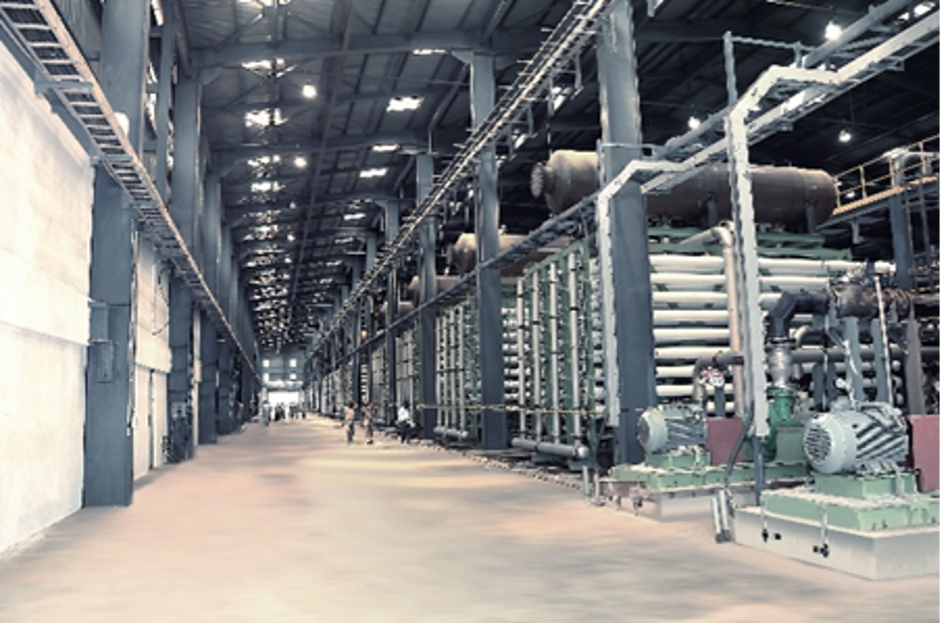

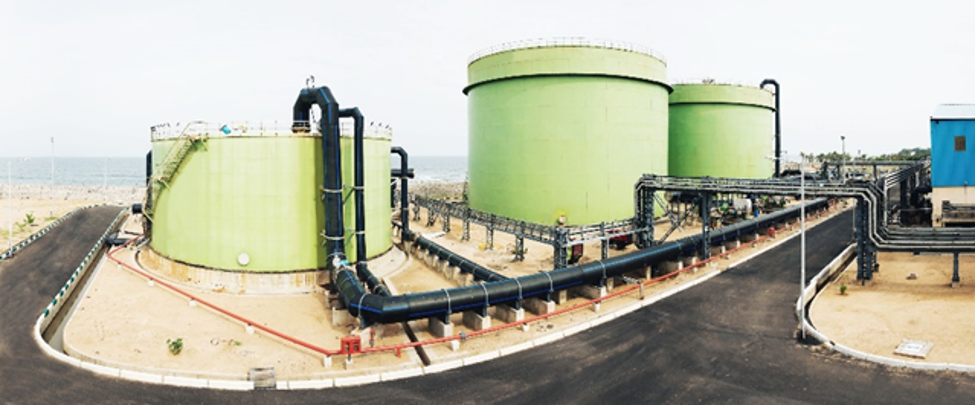

From the sea to the tap: a complete solution.
The city of Chennai, with a population of over 9 million, faced an acute shortage of drinking water as the monsoons failed to materialize and the water reservoirs were being depleted. In response, the Chennai Metropolitan Water Supply and Sewerage Board (CMWSSB) initiated the construction of a desalination plant (SWRO) with a capacity of 100,000 m3/d to address the crisis.
WABAG has built a Reverse Osmosis (RO) based seawater desalination plant on DBO (Design, Build & Operate) to deliver 100,000 m3/day of potable water, which is supplied to one million people from the southern suburbs of Chennai. The plant was commissioned in 2013. In 2017, the plant was expanded and upgraded since, due to climate change, the Total Suspended Solids (TSS) in seawater have periodically risen to over 150 mg/l. Lamella clarifiers were introduced, and plant capacity was augmented by the reuse of treated backwash water from ultrafiltration and disc filters to 110,000 m3/d.
WABAG has been operating and maintaining the plant since its commissioning in 2017. The plant ensures efficient and reliable operation with varying salinity and quality at low power consumption and life cycle costs.
FEATURES
■ Subsea intake pipeline for best water quality
■ Comprehensive pre-treatment: flocculation, lamella clarifier, disc filters, ultrafiltration, dual media filtration for backwash water treatment
■ Innovative layout for compact foot print (Inline system, Arrow head DMF layout)
■ Single pass RO system with energy recovery devices
■ Post-treatment: Remineralization and disinfection.
■ Capacity: 110,000 m3/d
■ Start-up: 2013
Ensuring utility water supply for 1,200,000 people: the Al Ghubrah SWRO in Oman


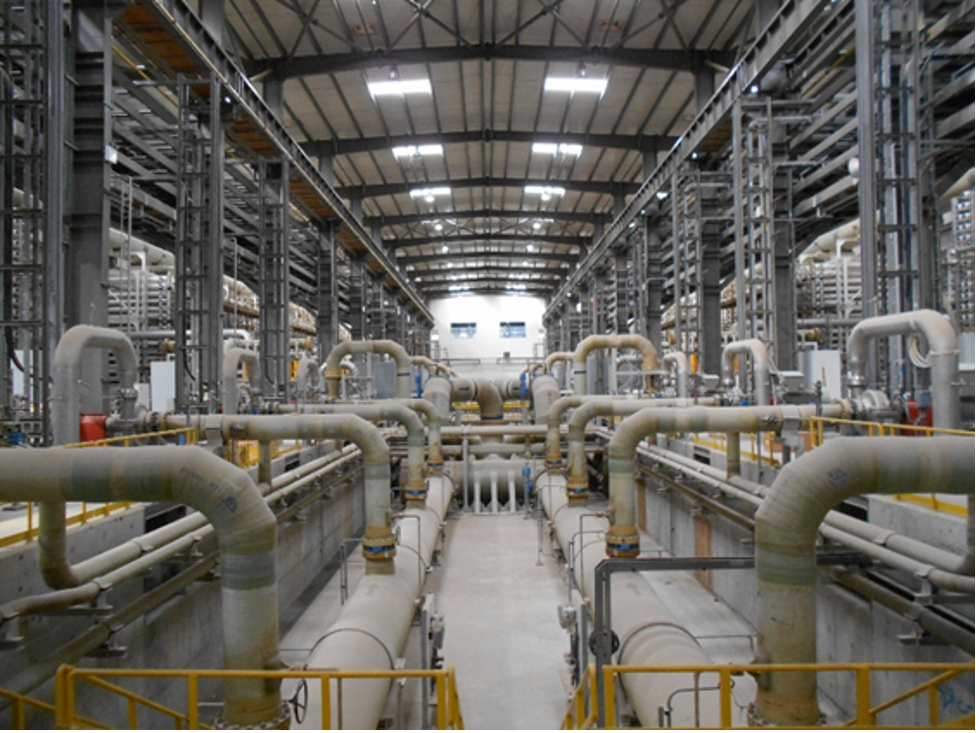

The Independent Water Plant in Oman produces 191,000 m3 utility water/d.
The Sultanate of Oman is experiencing significant water stress due to increasing demand and declining groundwater resources. The Al Ghubrah SWRO plant in the Sultanate is making a major contribution to its continuous water supply, providing safe utility water to more than a million people.
In a joint venture, WABAG has built the seawater desalination plant based on reverse osmosis (RO) to deliver 191,000 m3/day of desalinated water. The plant converts seawater into fresh potable water, supplied to the Muscat region.
The plant includes an intake system, pre-treatment by Dissolved Air Flotation (DAF), and Dual Media Filter (DMF) for treating red tide, oil and grease, suspended solids, and organic remains. The two-pass RO plant offers a compact design featuring an inline system followed by remineralization to meet potable water standards. The commissioning of the entire plant was completed in February 2016.
Demanding site conditions had to be met:
■ Limited spare available – built on 9.7 acre,
■ Located near the centre of Muscat city
■ Surrounded by a neigh-bouring desalination and power plant.
FEATURES
■ Subsea intake pipeline for best water quality
■ Red tide insurance using DAF – DMF as pre-treatment
■ Innovative layout for compact foot print (Inline system, Arrow head DMF layout)
■ Two pass RO system with latest Q-series from ERI system
■ Standby RO skid for higher plant availability
■ Capacity: 191,000 m3/d
■ Start-up: 2016
Supporting Industry: Ensuring water supply for refinery while minimizing dependency on fresh water resources at Mangalore, India


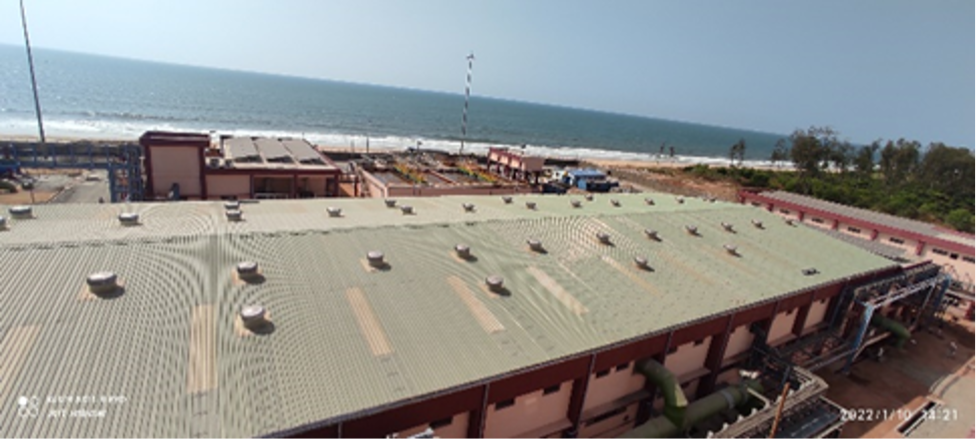

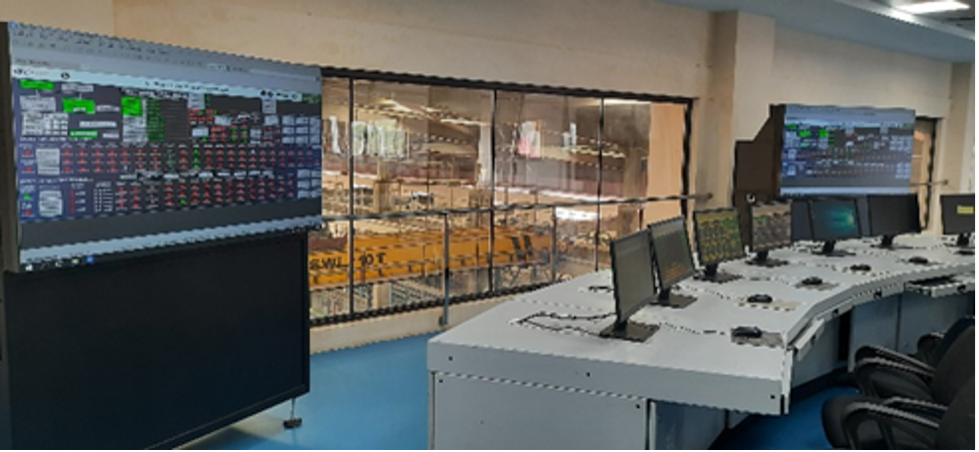

SWRO produces industrial water for MRPL refinery, ensuring continuous operations.
Situated on the bank of the Arabian Sea and adjacent to the Mangalore Port, the new 40,000 m3/d SWRO plant serves as a reliable and sustainable water source, playing a crucial role in the uninterrupted operations of the refinery.
The turnkey realization of 30 MLD SWRO plant, recently capacity scaled up by 10 MLD and expandable up to 70 MLD, in Mangaluru, Karnataka, was undertaken by WABAG for Mangalore Refinery and Petrochemicals Limited (MRPL) with the aim of minimizing its dependency on freshwater sources.
The state-of-the-art plant includes highly effective pretreatment, such as electrochlorination, lamella clarifiers, and ultrafiltration, followed by a 2-stage RO system with 3 4 trains, each capable of producing 10 MLD. The project also involved the installation of 11 kilometers of cross-country piping to deliver the produced water to MRPL’s refinery. Following successful commissioning, WABAG assumed Operations & Maintenance (O&M) responsibilities for the plant in 2022, for a period of 10 years.
The SWRO Plant ensures the operational continuity of the refinery by guaranteeing water security.
FEATURES
• Turnkey realization of 30 MLD SWRO, expanded by 10 MLD and further expandable to 70 MLD
• Comprehensive pre-treatment and 2-stage RO system.
• Energy-efficient plant (3.74 KW/m3)
• Design, Build and Operate (10 years operational period)
· Start-up: 2022
Explore our desalination technologies:
» Desalination technologies


